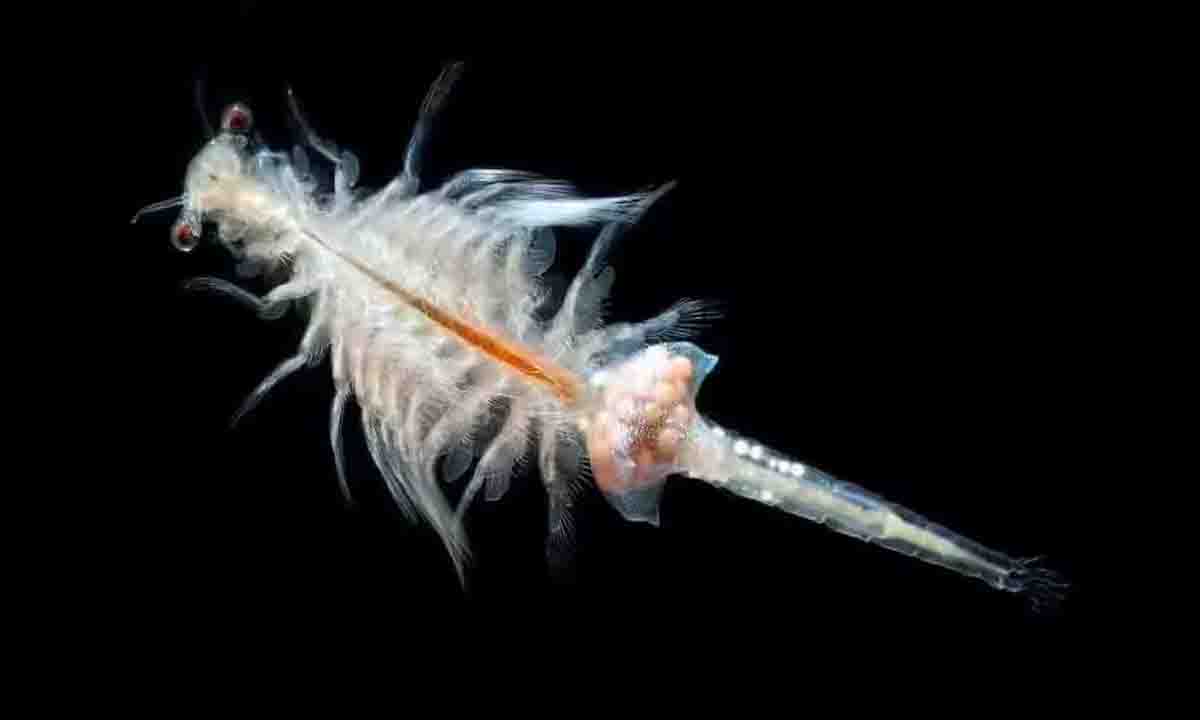
The World Economic Forum says that by 2050 there will be more plastic in the ocean than fish. Plastic is everywhere, and a new study has found that certain ingredients added to plastic can affect the ‘love lives’ of crustaceans like tiny shrimp, which could even lead to their extinction.
These tiny creatures are found on the coasts of European seas and constitute a large part of the diets of fish and birds.
“If they are compromised it will impact the entire food chain,” said Alex Ford, an ecotoxicologist at the University of Portsmouth in Britain.
Scientists in Portsmouth conducted experiments on a small crustacean called Echinogammarus marinus. They exposed it to only four of the thousands of chemicals found in plastic.
“We chose these four additives because they have well-documented potential threats to human health,” explains Green-Ojo. Two of the chemicals we examined (DBP and DEHP) are regulated and not allowed to be used in products in Europe. The other two chemicals have no current restrictions and are found in many household products. We wanted to test the effects of these chemicals on aquatic mating behaviour,” he said.
Although there are regulations about these chemicals, three of them are still commonly found in England’s waters.
Result
All four chemicals they tested may have caused these creatures to have trouble mating because it changed their behavior. Two of these chemicals also caused a decline in sperm count.
When these creatures tried to mate in the laboratory, they did so less frequently when exposed to these chemicals. This study joins other research showing that being around plastic for long periods of time could be bad for animals, even if we don’t know all the effects yet.
Ford explains, “Although the animals we tested were exposed to much higher concentrations than those normally found in the environment, the results suggest that these chemicals can affect sperm count.”
“It is conceivable that if we conducted experiments on shrimp that were exposed for long periods of time or during critical stages in their life history, it would affect their sperm levels and quality.”















